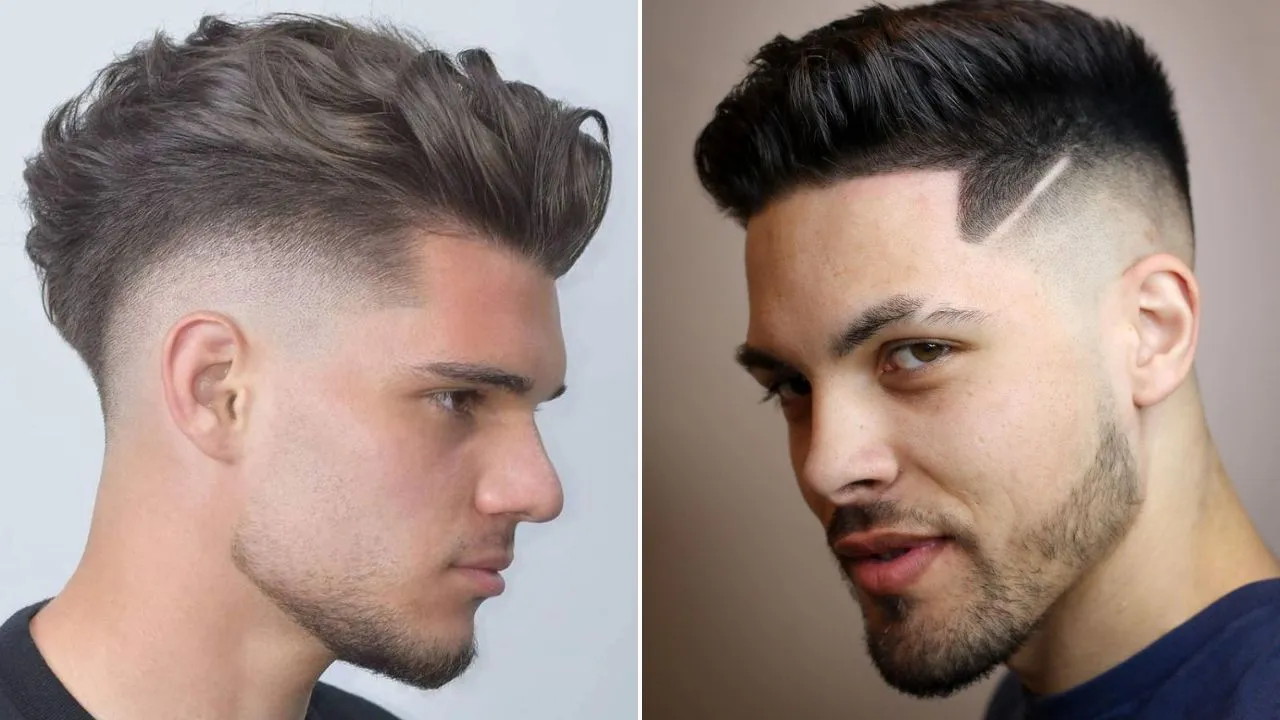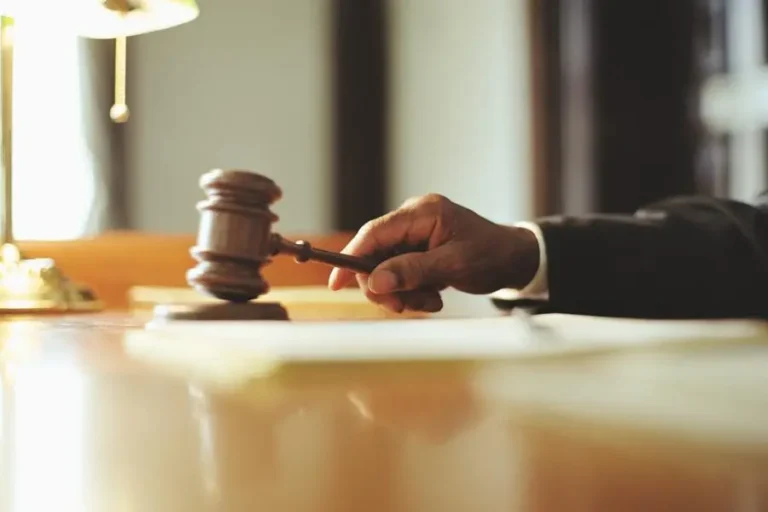Haircut: The Complete Guide to Styles, Trends, and Maintenance
When you think about it, a haircut is more than just a trim. It’s an expression of personal style, a mood booster, and—let’s be honest—sometimes a much-needed reset button for your look. Whether you’re getting your regular two-month tidy-up or making a bold transformation, the humble haircut holds more power over our self-image than we often realize.
In this guide, we’ll walk through everything you need to know about haircuts—styles for different face shapes, trending cuts, maintenance tips, and even how to talk to your barber or stylist so you leave the chair 100% happy. Grab your comb, settle in, and let’s dive deep into the world of haircuts.
1. Why a Haircut is More Than Just a Style Change
A lot of people think of a haircut as just “cutting hair shorter.” But that’s like saying a gourmet meal is just “food on a plate.” Sure, it’s technically correct, but it misses the layers—pun intended—of meaning, artistry, and personal impact a haircut can have.
First off, a haircut can completely transform how people perceive you. Sharp lines and fades can give a more professional, put-together vibe, while shaggy layers can send a message of laid-back creativity. Even a subtle trim can make you look refreshed, healthier, and more confident. Hair is often one of the first things people notice, and a good cut works like a silent introduction.
There’s also a psychological element. Hair can hold emotional weight—sometimes quite literally. People often choose to change their hair after life events: breakups, new jobs, moving to a new city. It’s a physical way of marking a fresh start. That “I need a change” feeling can often be solved with a good 45 minutes in a stylist’s chair.
Haircuts also play a functional role. For some, especially those with thick or curly hair, a cut can drastically reduce maintenance time. Cutting away damaged ends can improve the overall health and manageability of hair. And for athletes or active people, shorter cuts can mean less sweat buildup and easier daily routines.
Finally, let’s not forget the social aspect. Visiting a barbershop or salon is often a ritual—a time to relax, chat, and maybe even get a little gossip. The environment can be as important as the haircut itself, creating a positive experience that goes beyond aesthetics.
So, while it’s easy to underestimate the impact of a haircut, the truth is that it’s part style, part self-care, and part storytelling. And knowing that, you can be more intentional about your choices.
2. Popular Haircut Styles for Men
Men’s haircut trends are constantly evolving, but there are a few timeless cuts that always stay in rotation. Understanding these can help you choose a style that suits both your face shape and lifestyle.
The Fade — One of the most popular men’s styles right now, the fade features hair that gradually shortens from the top of the head down to the sides and back. There are variations like low fades, mid fades, and high fades, each giving a slightly different level of contrast.
Crew Cut — A classic, low-maintenance choice. It’s short on top with the sides even shorter, giving a neat, military-inspired look. Great for guys who don’t want to fuss with styling products daily.
Pompadour — A vintage-inspired style with a modern twist. It features longer hair on top swept upward and back, often with volume. Works well with both clean fades and undercuts.
Undercut — This style leaves the top significantly longer while buzzing the sides very short. It’s a bold, stylish look that works for both formal and casual settings.
Textured Crop — This is a newer trend, often paired with a fade. The top is cut short but styled with texture, giving a messy yet deliberate appearance. Perfect for those who want a balance between casual and fashionable.
When choosing a men’s haircut, lifestyle should play a big role. If you’re in a corporate environment, sharper, more structured cuts might be ideal. If you’re in a creative field or prefer a relaxed look, textured and messy styles might work better. And always remember—communicating clearly with your barber is key to avoiding haircut regret.
3. Popular Haircut Styles for Women
Women’s haircut trends often vary more dramatically than men’s because of the sheer number of styles, textures, and lengths to choose from. From ultra-short pixies to waist-length layers, each cut tells a different story.
The Bob — A chin-length or slightly longer cut that can be blunt or layered. It’s sleek, sophisticated, and timeless.
Long Layers — A go-to style for many, this involves cutting the hair at different lengths to add movement and volume without sacrificing length.
Pixie Cut — Short, edgy, and versatile, the pixie is perfect for showing off facial features and making a bold statement.
Shag Cut — A retro-inspired style with lots of layers and a slightly messy look. Works well for adding volume and personality.
Curtain Bangs — These frame the face on both sides, working beautifully with both short and long hair. They’re a great way to change your look without fully committing to a major cut.
The best women’s haircut isn’t just about following trends—it’s about finding something that suits your face shape, hair texture, and maintenance preferences. A style that looks amazing in a salon photo might not be ideal for your morning routine.
4. Choosing the Right Haircut for Your Face Shape
One of the biggest secrets to getting a flattering haircut is understanding face shape. The right cut can balance proportions and highlight your best features, while the wrong one can feel “off” even if it’s trendy.
Round Faces — Cuts with more volume at the top, like pompadours or layered bobs, help elongate the face. Avoid styles that add width at the sides.
Oval Faces — Almost any haircut works, but styles that keep hair off the face can highlight natural symmetry.
Square Faces — Soft layers, side-swept bangs, and rounded shapes can help soften strong jawlines.
Heart-Shaped Faces — Side parts, curtain bangs, and chin-length cuts can balance a wider forehead with a narrower chin.
Long Faces — Styles with width, like layered shoulder-length hair or curly crops, add balance.
Face shape isn’t everything—personal style and comfort matter, too. But keeping it in mind can help you choose a cut that naturally complements your features.
5. Haircut Maintenance: Keeping the Fresh Look
Getting the perfect haircut is only half the battle—keeping it looking fresh is where the real effort comes in.
Regular Trims — Hair grows roughly half an inch per month, so even the most precise cut will lose its shape over time. Regular visits to your stylist keep it sharp.
Proper Washing — Overwashing can strip natural oils, while underwashing can lead to buildup. Find a balance based on your hair type.
Use the Right Products — Fine hair benefits from lightweight products, while thick or curly hair might need heavier creams or oils.
Styling Tools — Heat tools can be your best friend or worst enemy. Always use heat protectant sprays to avoid damage.
Night Care — Silk pillowcases, braiding long hair, or using hair wraps can reduce frizz and breakage while you sleep.
Maintenance doesn’t have to be high-effort. With the right routine, you can extend the life of your haircut and keep it looking salon-fresh for weeks.
6. Communicating with Your Barber or Stylist
A lot of haircut disappointment comes from miscommunication. What you picture in your head might not be what your stylist envisions—unless you make it crystal clear.
Bring Photos — A visual reference removes a lot of guesswork.
Be Honest About Lifestyle — If you don’t want to spend 15 minutes styling daily, say so.
Ask Questions — A good stylist will explain what works for your hair type and why.
Use the Right Terminology — Learning basic haircut terms (fade, layers, taper, blunt) can help you describe exactly what you want.
Speak Up Mid-Cut — If you see something you’re unsure about, mention it before it’s too late to fix.
Clear communication means you walk out of the salon happy—and your stylist feels confident they nailed it.
7. The Emotional Side of a Haircut
Haircuts aren’t just physical changes—they can have a deep emotional impact. That’s why so many people associate big hair changes with big life events.
For some, cutting hair short is an act of liberation, letting go of past baggage. For others, growing it out represents patience and transformation. Hair can be a form of self-expression, rebellion, or celebration.
The ritual of sitting in a stylist’s chair, hearing the snip of scissors, and watching strands fall away can feel like a symbolic shedding of the old. That’s why even small trims can make you feel lighter—not just physically, but mentally.
A haircut can also affect confidence. If you love your new style, you walk taller, smile more, and feel more yourself. On the flip side, a cut you hate can leave you avoiding mirrors and hats. That’s why it’s worth investing time in choosing the right style and professional.
8. Final Thoughts on Haircuts
At the end of the day, a haircut is both a necessity and an art form. It can be practical, personal, and powerful all at once. Whether you’re after a clean, low-maintenance look or an eye-catching statement style, the right cut can make you feel renewed and confident.
So, the next time you book an appointment, don’t think of it as “just a trim.” Think of it as a chance to refresh, redefine, and maybe even reinvent yourself. After all, hair grows—but the right haircut can leave a lasting impression
Keep an eye for more latest news & updates on Techsslash!





